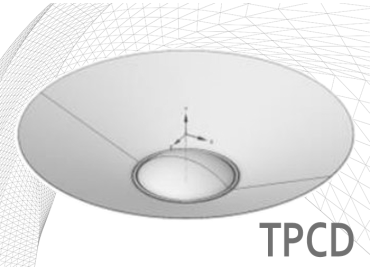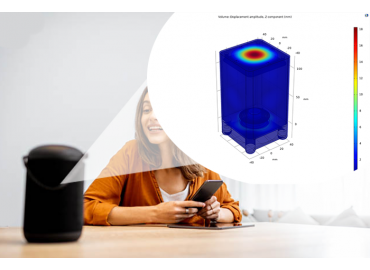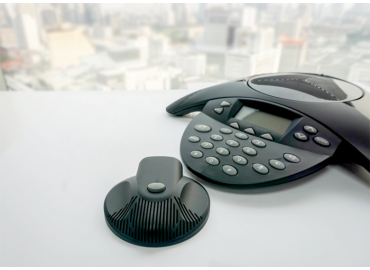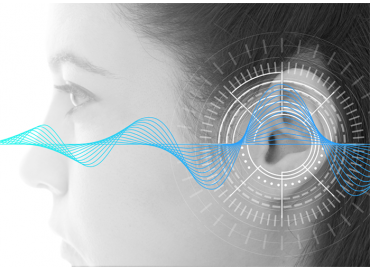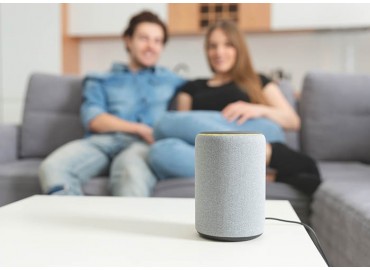全部資訊
-
Acoustic Applications of Virtual Fencing and Trackers: Advancing Smart Agriculture and Sustainability with Piezoelectric Technology
Virtual fencing and tracking devices integrate acoustic and IoT technologies to help farmers manage livestock non-invasively while minimizing environmental impact. This article highlights the role of piezoelectric components in such smart devices, showcasing their potential in sustainable and eco-friendly agriculture.
more -
Thin-Ply Carbon Diaphragm Technology: A Material Innovation Enhancing Loudspeaker Efficiency and High-Frequency Extension
The Thin-Ply Carbon Diaphragm (TPCD) features a precision-woven carbon structure that minimizes symmetric modal breakup, resulting in smoother frequency response and extended high-frequency performance. This article presents Kingstate’s collaboration with Sweden’s Composite Sound in developing a high-sensitivity loudspeaker, highlighting material design and acoustic testing results that demonstrate TPCD’s advantages in advanced speaker applications.
more -
Acoustic Design for Medical Alarms Compliant with IEC 60601-1-8: From Regulatory Principles to Speaker Applications
The IEC 60601-1-8 standard defines strict acoustic requirements for medical alarm systems to ensure sufficient audibility and recognition in clinical environments. This article outlines the key sound design criteria and presents Kingstate’s compliant loudspeaker solutions for various medical devices.
more -
-
Echo Suppression and Vibration Simulation in Smart Speakers: From Structural Resonance to Acoustic Optimization
When smart speakers operate in playback and recording modes simultaneously, structural resonance can cause echo and sound distortion. This article illustrates how simulation analysis predicts resonance zones and how material and structural reinforcement improve acoustic stability and recording quality.
more -
High-Performance Mic Design and Applications in Automotive Electronics: From Hands-Free Communication to Active Noise Control Systems
As automotive electronics and intelligent voice systems advance, microphones have become essential for in-vehicle communication and noise control. This article outlines key technologies and design considerations of high-performance automotive microphones used in hands-free communication, active noise control, and voice recognition systems to enhance in-cabin acoustic performance.
more -
Technical Overview of MEMS Microphone Output Interfaces: From Analog Architectures to Multi-Channel Digital Transmission
The output interface architecture of MEMS microphones—ranging from analog to digital—plays a key role in determining overall sound quality and noise immunity. This article outlines the principles and characteristics of each interface type to help engineersthe optimal design for their applications.
more -
Influence of Speaker Placement on Acoustic Performance: Simulation-Based Optimization for Product Sound Design
Product aesthetics often constrain speaker placement, affecting overall acoustic performance. This article uses finite element analysis to compare three speaker configurations, evaluating sound pressure and field distribution to help designers balance visual design and sound quality.
more -
Practical Q&A on Acoustic Module Design: From Slim Speaker Structures to Microphone Echo Suppression Strategies
Designing high-performance speakers and microphones in compact devices presents significant challenges. This article, presented in a Q&A format, explains how FPC voice coils, microphone array configuration, and acoustic isolation design can optimize sound performance while minimizing echo and noise interference.
more -
Smart Speaker Loudspeaker Design Essentials: Diffuser Structure and Sound Field Simulation
The acoustic performance of smart speakers depends on diffuser structure and speaker orientation. This article demonstrates how finite element analysis (FEA) can model sound-field distributions for various diffuser designs, helping engineers optimize 360° sound quality.
more

 RFQ
RFQ
